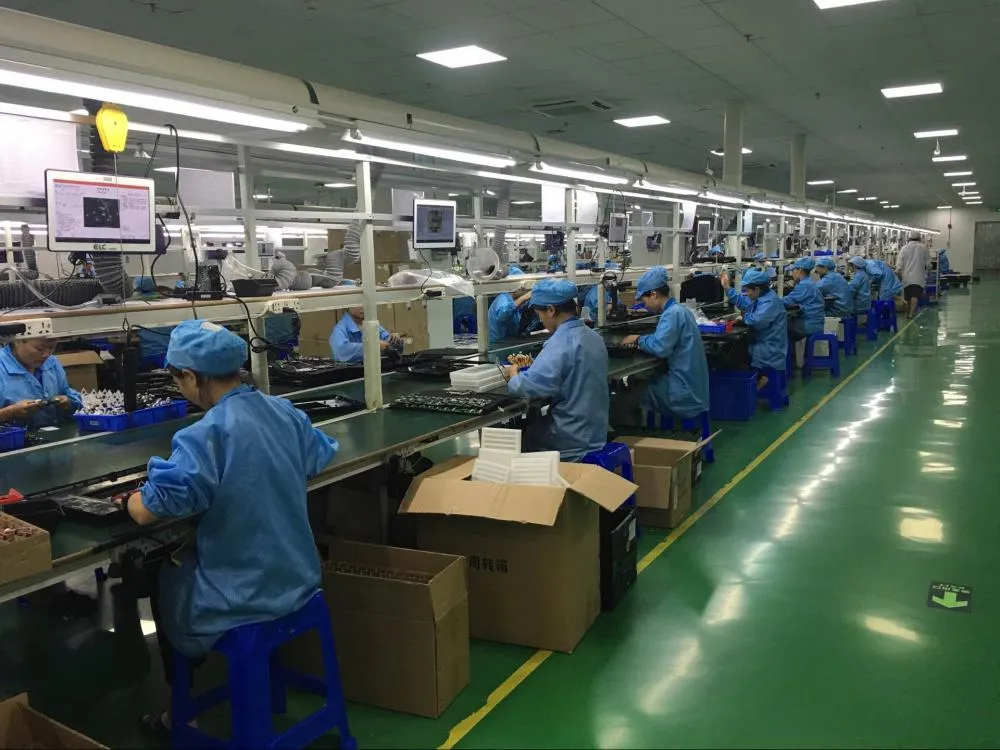Shenzhen vs Beijing: Tech Hubs Driving China’s Innovation
China’s technological landscape is shaped by dynamic urban innovation hubs, with Shenzhen and Beijing standing out as primary centers of industry advancement. While both cities contribute significantly to the country’s tech ecosystem, they exhibit distinct strengths, focus areas, and operational dynamics. Comparing these two hubs provides insights into China’s broader innovation strategy, investment patterns, and industrial development, illustrating how regional specialization and policy frameworks influence technological growth.

Shenzhen: Manufacturing Meets Innovation
Shenzhen has evolved from a manufacturing base into a global innovation hub, combining hardware production with cutting-edge research and entrepreneurship. Known as the “Silicon Valley of China,” Shenzhen hosts major technology companies such as Huawei, DJI, Tencent, and BYD. Its strength lies in hardware development, electronics manufacturing, and rapid prototyping capabilities. Proximity to supply chains, contract manufacturers, and component suppliers allows startups and established firms to iterate products quickly, scale efficiently, and enter domestic and international markets with minimal friction.
Shenzhen’s innovation ecosystem emphasizes integration between manufacturing and software development, fostering hardware-software synergy. The city benefits from government support through industrial parks, tax incentives, and technology incubators, enabling startups to access capital, technical resources, and mentorship. Additionally, Shenzhen’s culture encourages entrepreneurial experimentation, risk-taking, and collaboration between firms, universities, and research centers, producing a fertile environment for disruptive technologies.
Beijing: Research, Policy, and Enterprise Leadership
In contrast, Beijing serves as China’s political, academic, and enterprise innovation hub. Home to top universities, national research institutes, and leading technology firms, Beijing emphasizes software development, AI, cloud computing, fintech, and policy-driven innovation. Technology companies in Beijing, such as Baidu, ByteDance, and Xiaomi, focus on AI algorithms, internet services, and digital platforms. Government institutions and regulatory bodies also provide policy guidance, funding, and collaboration opportunities for research-driven innovation.
Beijing’s ecosystem supports long-term, high-impact R&D projects, with strong integration between academic research and commercial application. The city attracts top-tier talent in AI, data science, cybersecurity, and emerging technologies, fostering advanced experimentation and innovation leadership. Partnerships between enterprises and research institutions enable testing of new concepts in areas such as autonomous vehicles, smart cities, and advanced computing infrastructures.
Talent Pools and Workforce Dynamics
Both cities benefit from robust talent pools, though with differing focus areas. Shenzhen attracts engineers and entrepreneurs with hardware, electronics, and manufacturing expertise. The city’s workforce is skilled in rapid prototyping, product design, supply chain management, and embedded systems. Conversely, Beijing attracts researchers, data scientists, and policy analysts, supporting software development, AI research, and financial technology innovation. These complementary talent dynamics contribute to regional specialization, enhancing China’s national innovation capacity.
Investment Patterns and Funding Ecosystems
Shenzhen’s investment ecosystem prioritizes hardware, manufacturing startups, and product-oriented innovation. Venture capital, angel investors, and corporate funding support rapid prototyping, supply chain integration, and market launch. Investment strategies emphasize speed, scalability, and market penetration, reflecting the city’s manufacturing-oriented culture.
Beijing’s investment focus is more research-intensive, supporting software development, AI projects, cloud computing, and regulatory compliance solutions. Funding strategies prioritize innovation with long-term potential, intellectual property creation, and high-tech enterprise incubation. Government-backed programs, research grants, and venture funds contribute to a steady flow of capital for advanced technology projects.
Innovation Output and Industry Impact
Shenzhen’s innovation output emphasizes tangible products, prototypes, and commercialized technology. Companies excel in consumer electronics, drones, EVs, telecommunications hardware, and IoT devices. Rapid iteration and market deployment enable Shenzhen to influence global hardware markets and establish China as a leader in electronics manufacturing and integrated technology solutions.
Beijing’s output centers on software platforms, AI applications, digital finance solutions, and policy-driven innovations. The city contributes to advancements in fintech, cloud services, smart city infrastructure, and autonomous technologies. Beijing’s emphasis on research-driven innovation supports strategic national objectives, long-term technological leadership, and global competitiveness in digital services.
Collaboration and National Strategy
The synergy between Shenzhen and Beijing is crucial for China’s national innovation strategy. Shenzhen provides hardware capabilities, rapid prototyping, and supply chain efficiency, while Beijing offers research expertise, policy guidance, and software innovation. Collaboration between the two cities enables integrated solutions, such as AI-powered manufacturing, autonomous vehicles, and smart city infrastructure. National programs facilitate knowledge transfer, funding alignment, and cross-regional partnerships, ensuring that China’s technological advancement is cohesive and strategically oriented.
Challenges and Competitive Pressures
Both hubs face challenges in sustaining growth and competitiveness. Shenzhen contends with rising labor costs, supply chain dependencies, and global trade pressures. Beijing navigates regulatory complexities, research commercialization barriers, and talent retention competition. Addressing these challenges requires continued investment in infrastructure, talent development, and innovation-friendly policies. Both cities must balance rapid commercialization with long-term research and technological sustainability to maintain leadership.
Conclusion: Complementary Hubs Driving China’s Innovation
Shenzhen and Beijing exemplify complementary approaches to technological innovation in China. Shenzhen leverages manufacturing strength, rapid prototyping, and entrepreneurial culture to produce market-ready hardware and consumer technologies. Beijing focuses on research-intensive software development, AI, and policy-driven innovation. Together, these hubs create a robust ecosystem that integrates hardware, software, research, and commercial application, driving China’s leadership in global technology. Understanding the distinct roles, capabilities, and collaboration between Shenzhen and Beijing provides valuable insights into China’s strategic approach to national and international innovation.





